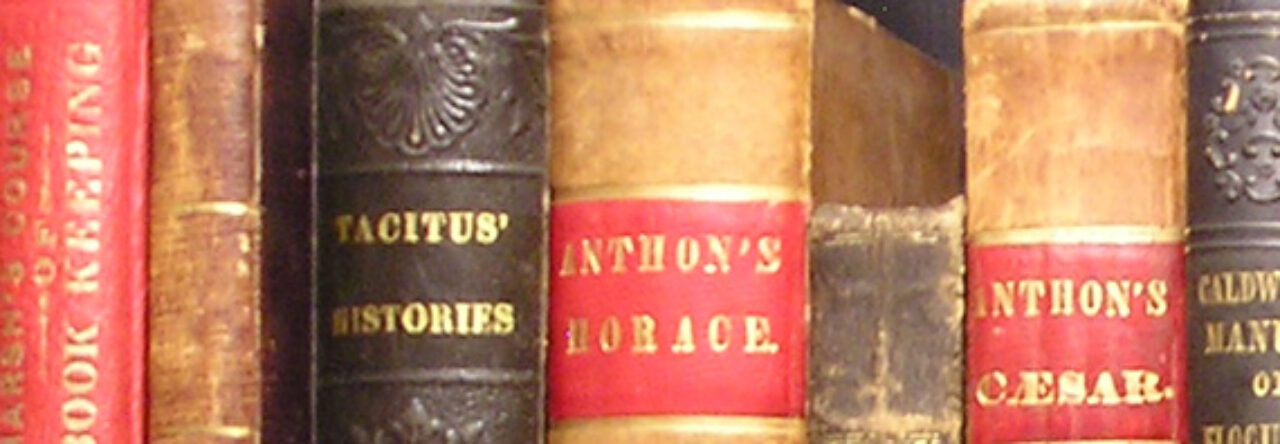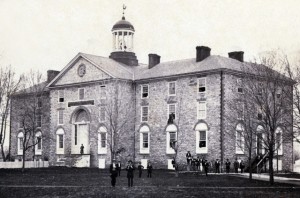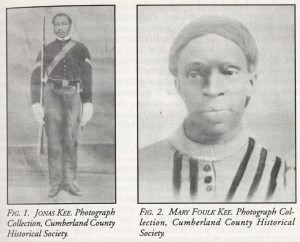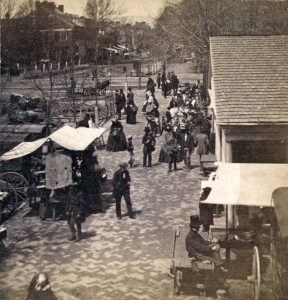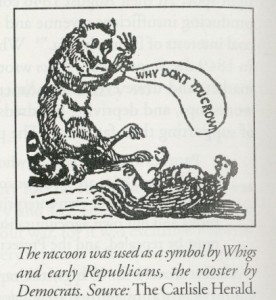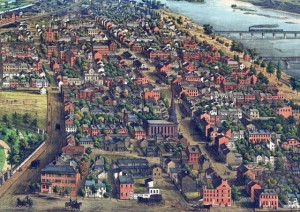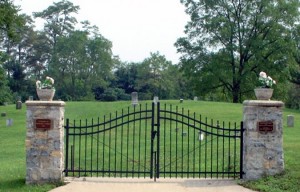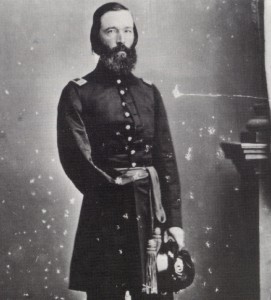
David L. Smith, “Fredrick Douglass in Carlisle,” Cumberland County History 22 (2005): 48-60.
Frederick Douglass gave a speech in Carlisle, Pennsylvania on March 2, 1872 about his work relating to Santo Domingo. In 1871 President Ulysses S. Grant had appointed Douglass to the Commission of Inquiry for the annexation of Santo Domingo the United States of America. Douglass delivered his speech at Rheem’s Hall, which was located behind the Old Court House in Carlisle. Today that location is a parking lot. Reports about the speech did not appear in any national newspapers, but his visit created a local controversy. George Z. Bentz, who was the manager of the Bentz House and a Republican, refused to let Douglass eat his dinner in hotel dining room with the white guests. (The Bentz House stood on what is today the former Wellington Hotel on East High Street). The American Volunteer used the incident to characterize Republicans as hypocritical. “We have in this circumstance positive evidence that the Radicals are just as loath to recognize negro-equality as the Democrats,” as the American Volunteer observed. While the Herald “[found] no fault with” the manager’s decision, the editors argued that policies which denied African Americans entry into a hotel “[were] simply silly and wicked.” In addition, Historic Carlisle recently added a Wayside Maker for Douglass’ visit.
David L. Smith also discusses Douglass’ visit in his essay “Fredrick Douglass in Carlisle” (2005). Smith provides transcripts of the newspaper articles cited in this blog post.
Location: Bentz House stood on what is today the former Wellington Hotel on East High Street ; Rheem’s Hall, which is a parking lot today, was located behind the Old Court House
This essay has been posted online with permission from the Cumberland County Historical Society.
